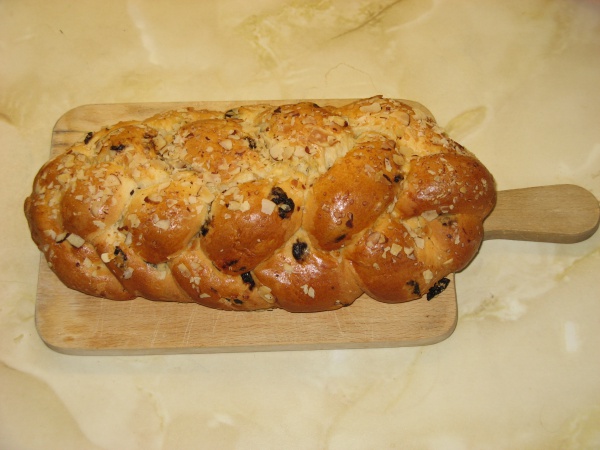Facts About Vánočka
Vánočka is a cherished braided bread traditionally baked in the Czech Republic and Slovakia, especially during the Christmas season. This delightful treat, made from white flour, boasts a rich history dating back to the 1400s. It was first mentioned by Benedictine monk Jan of Holešov in his work, "Treatise on Christmas Eve" where he noted that the bread symbolizes the Christ Child wrapped in cloth.
In the 16th century, only guild craftsmen were permitted to bake Vánočka. However, by the 18th century, families had started baking it at home. This bread, similar to brioche, is rich with eggs and butter, and often includes lemon rind, rum, raisins, and almonds. The dough is braided like challah and can be stacked in three progressively smaller plaits, resembling the baby Jesus in a manger.
Baking Vánočka comes with its own set of superstitions and customs. For instance, it's believed that thinking of loved ones while preparing it brings good luck. Bakers avoid letting the bread come into contact with metal and may even jump up and down while the dough rises to ensure it turns out perfectly. The name "Vánočka" derives from the Czech word for Christmas, "Vánoce" (or "Vianoce" in Slovak).
During Easter, a similar bread called "mazanec" is made using the same dough, continuing the tradition of festive baking.

 Ukraine
Ukraine